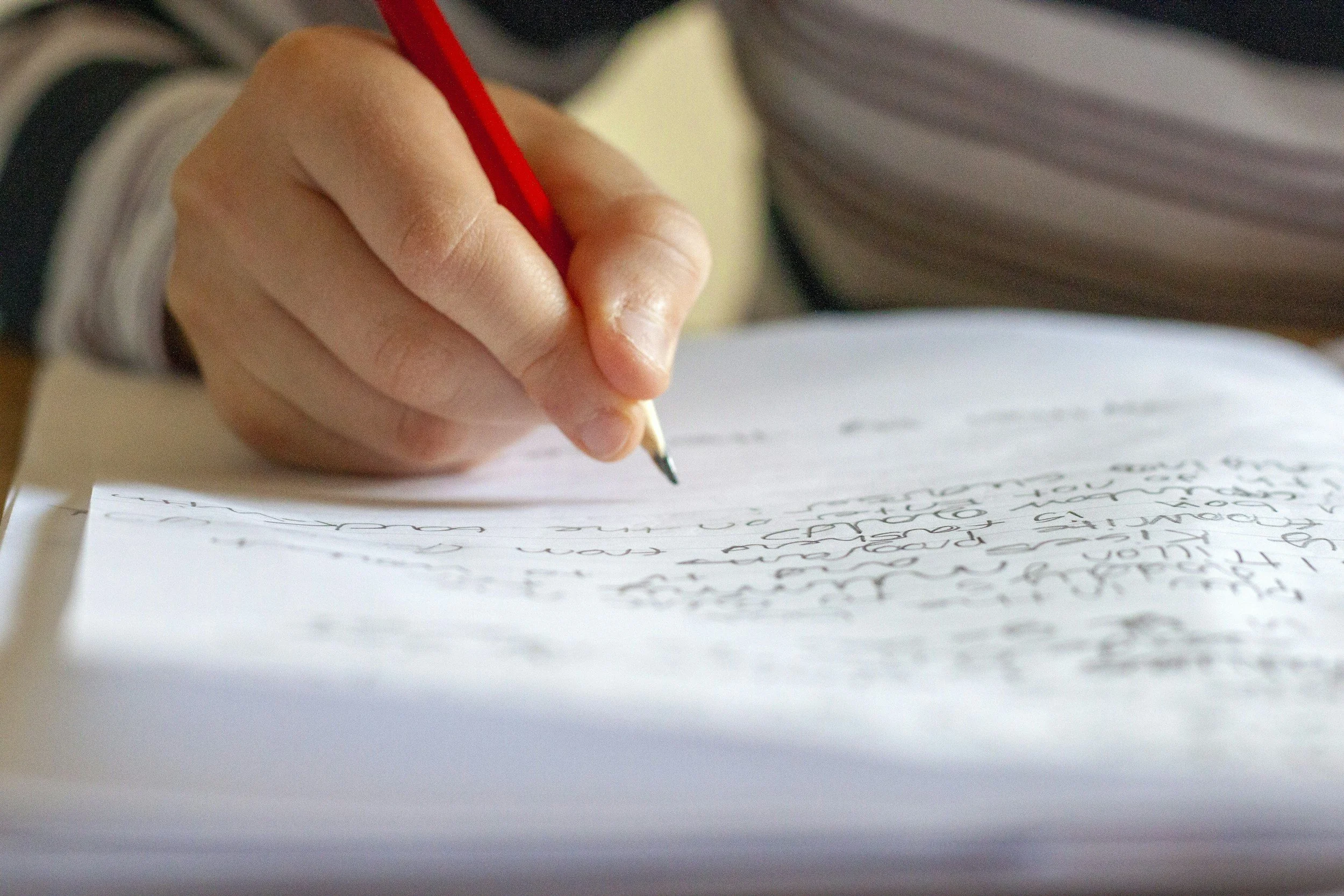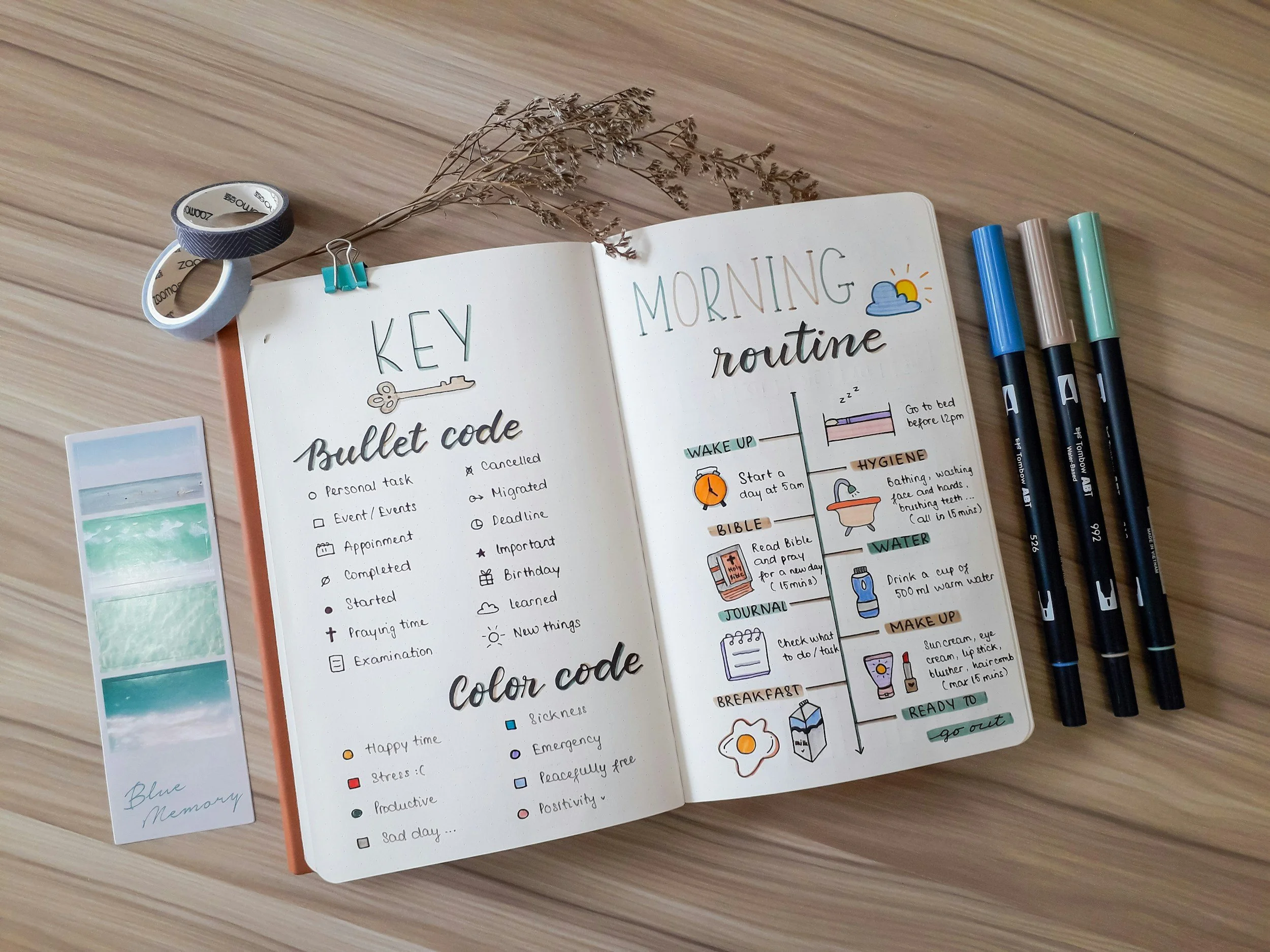Are You Worried About Dysgraphia?
Nick Sidwell OTR/L
Dysgraphia is a neurological condition that affects a child’s ability to write legibly and make it readable. It basically impacts handwriting, spelling, and organizing thoughts on paper, often making writing tasks more challenging than their peers, despite normal intelligence and adequate instruction. Common signs include illegible handwriting, inconsistent letter formation, floating letters, spacing issues, difficulty with grammar and punctuation, and/or slow writing speed. It may also involve trouble with fine motor skills needed for writing, like the grasp on a pencil, small movements of the hand while writing, and eye-hand coordination.
Dysgraphia can occur alone or with other conditions like dyslexia or ADHD. It’s often identified in childhood but can persist into adulthood. Causes may also include genetic factors, brain differences, or developmental issues, though the exact cause isn’t always clear.
It can be improved and managed through occupational therapy, assistive technology (like typing or speech-to-text tools), and accommodations such as extra time for writing tasks. However, a lot of occupational therapists work with kids with dysgraphia in the schools or in clinics like Ability Innovations.
Supporting a child with dysgraphia involves building fine motor skills, fostering confidence, and incorporating fun, low-pressure activities. The activities themselves don’t have to actually include writing! Many of the underlying skills and abilities that your child with dysgraphia may be facing can come naturally through play.
Strengthen Fine Motor Skills
How to implement at home?
Engage in daily play like squeezing playdough, threading beads, using tongs to pick up small objects, Stirring with a spoon in a big bowl, or cutting with safety scissors. Aim for 10-15 minutes a day.
Why it helps?
Improves hand strength and coordination, making pencil control easier without direct writing pressure.
Break Down Writing Tasks
How to implement at home?
Help your child learn to break tasks into tiny steps (e.g., chunking, brainstorm ideas verbally first, then outline, then write one sentence). Use timers for short bursts (5-10 minutes).
Why it helps?
Prevents overwhelm and builds success by focusing on one skill at a time, like spelling or punctuation.
Incorporate Multisensory Practice
How to implement at home?
Trace letters in sand, shaving cream, or finger paint. Use apps like "LetterSchool" or “iTrace Free” for guided tracing on a tablet. Encourage use of a stylus for any tablet of phone games.
Why it helps?
Engages touch and sight to reinforce letter formation, making abstract writing more concrete and enjoyable.
Encourage Alternative Expression
How to implement at home?
Allow dictation (device like a phone types or records voice notes) or drawing mind maps before writing. Transition to keyboarding with fun games on sites like “Dancemat Typing”.
Why it helps?
Bypasses handwriting barriers, helping kids express ideas freely and gradually building typing skills.
Practice Positive Reinforcement
How to implement at home?
Praise effort over perfection (e.g., "I love how you described that idea!"). Create a "writing wins" chart with stickers for completed tasks.
Why it helps?
Boosts self-esteem, reducing anxiety around writing and motivating consistent practice.
Establish A Calm Routine
How to implement at home?
Set a dedicated "quiet writing time" in a distraction-free spot with good lighting. Include warm-up stretches for hands and deep breaths.
Why it helps?
Creates predictability, which can lower stress and improve focus during writing sessions.
Explore Sensory Breaks
How to implement at home?
If frustration builds, incorporate fidget toys, stress balls, or short movement breaks like like a Just Dance video from Youtube.
Why it helps?
Helps regulate sensory input, as dysgraphia often overlaps with sensory processing challenges.
Some Pro Tips: Consistency is key—aim for daily short activities rather than intense sessions. Research from organizations like the International Dyslexia Association shows that early, playful interventions can lead to noticeable gains in 3-6 months.
Remember, progress takes time—focus on small wins and remember, you can always consult a professional (e.g., occupational therapist from Ability Innovations) for personalized advice.










